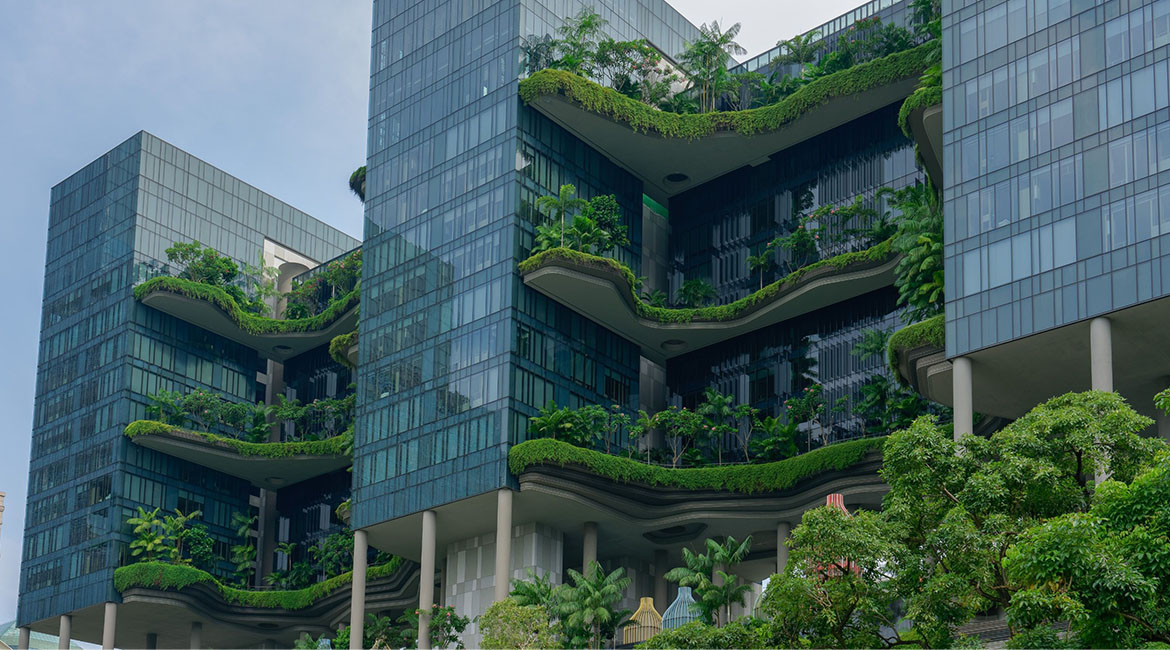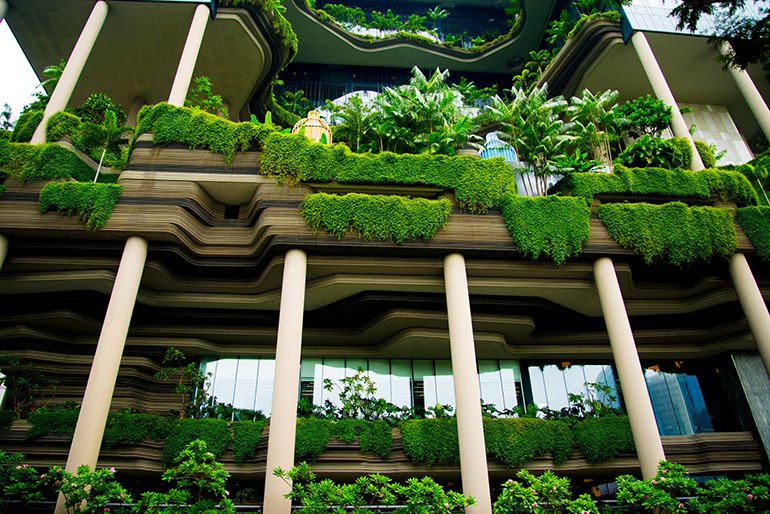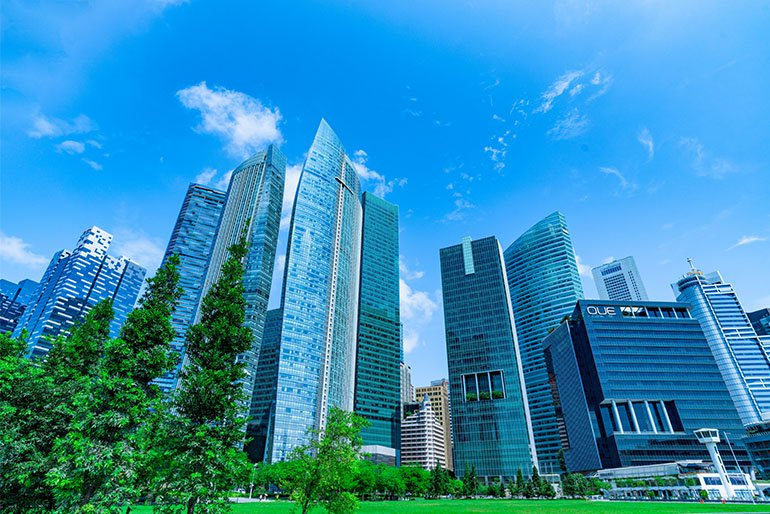Are consumers willing to pay more?
A 2016 study commissioned by the Building & Construction Authority of Singapore (BCA) on attitudes towards green buildings painted a positive picture. Among other findings, 70 per cent of homeowners believed a green building offers better resale value and 54 per cent were willing to pay a premium of 3-4 per cent for a Green Mark-certified property.
A more recent survey of senior executives in Singapore's real estate sector by the National University of Singapore Real Estate (NUS+RE) similarly found that most expect prospective home buyers to pay a 0-5 per cent premium for residential projects awarded the top Green Mark tiers.
However, two-thirds of the real estate executives surveyed also expect building such homes to cost 11-30 per cent more — implying that the economic returns of investing in building greener homes aren't commensurate.
Still, SGBC's Mr Tang sees a silver lining for sustainability amid the ongoing global pandemic.
"It has shown us what can be achieved when we work together towards a common goal. Climate change is an even greater existential threat facing mankind."
As for the built environment sector, he says: "The industry is growing more cognizant than ever before of the importance of sustainable development, and more stakeholders are galvanised to seriously look into bettering the environmental performance of our places and spaces."
Demand for sustainable financing solutions
Building green does not always cost more. In fact, some greener construction methods and energy efficiency improvements are accompanied by lower costs and higher productivity.
But, barriers to finance do exist for manufacturers investing in high-capital low-carbon technology, or for builders wishing to try novel techniques or circular business models that recover and recycle resources used to make their products. That is, if they are assessed on traditional risk criteria.
The good news is that banks are increasingly rolling out sustainable financing solutions. UOB for instance, was the first Singapore bank to roll out a lending framework for the real estate sector in 2019. Specific eligibility criteria apply. In Singapore, buildings must achieve Green Mark Gold Plus or Platinum certification to qualify for green loans under the framework.
That such conditions are stringent "reinforces UOB's considered move to ensure that our financing activities will help result in actual and positive environmental impact in areas such as energy efficiency, water efficiency and the shift to renewable energy", says the bank's head of group wholesale banking and markets Frederick Chin.
The bank's Smart City Sustainable Finance Framework also lays out criteria for extending loans to contractors, service providers, and equipment and building material suppliers involved in building a green building.
Green financing deals UOB was part of this past year include a S$780 million club green loan to Sapphire Star Trust, which owns Green Mark Gold Plus-certified Waterway Point, and a S$100 million loan to Ascendas India Trust which has terms tied to the environmental, social and governance performance of its portfolio of buildings in India.
As for the future of green projects and sustainable financing, Mr Chin says: "With consumers and investors continuing to place greater emphasis on sustainability, we believe more companies will accelerate their sustainable development agenda and this will sustain the rising demand for green projects and sustainable financing."
Building Sustainable Cities is a series sharing insights on how individuals and businesses can take action to forge a cleaner, greener tomorrow.
Source: The Straits Times © SPH Media Limited. Permission required for reproduction.











